NFS: Underground 2
Publisher: Electronic ArtsWe used Need For Speed: Underground 2 to represent a typical driving simulator - it's based on the DirectX 9.0 API, and makes use of many DirectX 9.0 features, including motion blur and light trails. Anti-Aliasing was controlled from inside the game, while Anisotropic Filtering was controlled via the driver control panel.
We used a 3-lap race on the "Parkade Track 1" Street-X circuit with three opponents for our manual run through. The circuit is fairly high-speed, but contains lots of corners, which makes good use of motion blur and light trails.
Below is a table of the best-playable settings that we found best for each video card configuration. In this title, we found that 28 to 30 frames per second minimum and a target of 38 frames per second (or higher) for the average frame rate delivered smooth and fluid game play.
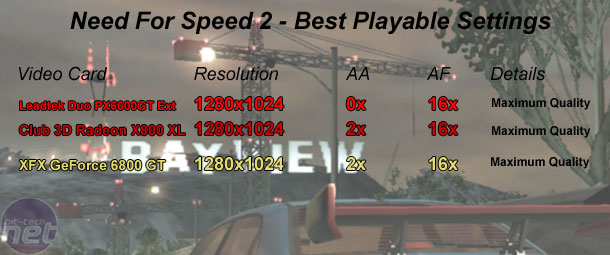
With Leadtek's Duo PX6600GT Extreme, we had to remove Anti-Aliasing in order to attain a smooth frame rate inside the title. While Anti-Aliasing was enabled, the average frame rate dropped far below our threshold of playablity, and the minimum frame rate was not particularly healthy either. At 1280x1024 0xAA 16xAF maximum details, we found that the smoothness of gameplay was very similar to the XFX GeForce 6800 GT albeit with a slight deficit in image quality caused by the lack of Anti-Aliasing.

MSI MPG Velox 100R Chassis Review
October 14 2021 | 15:04


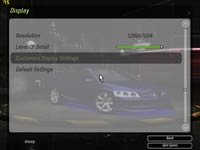
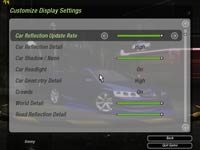
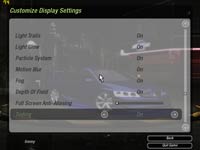
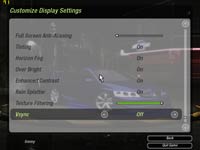




Want to comment? Please log in.